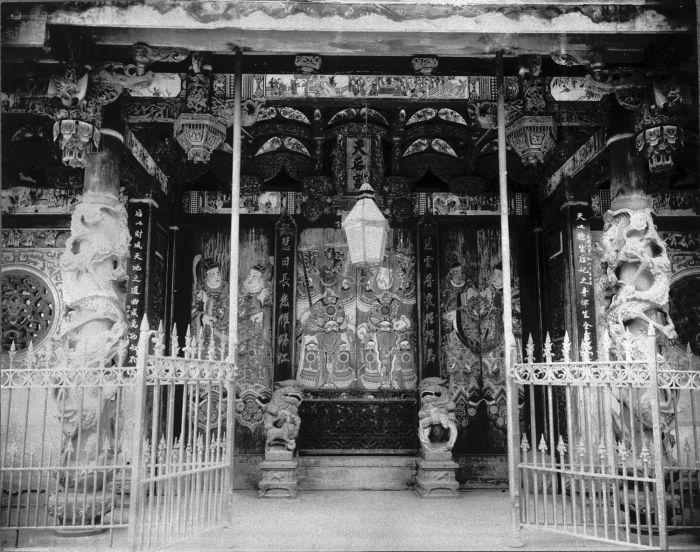File:COLLECTIE TROPENMUSEUM Schilderingen in het voorportaal van de Chinese tempel te Makassar. TMnr 60008243.jpg
COLLECTIE_TROPENMUSEUM_Schilderingen_in_het_voorportaal_van_de_Chinese_tempel_te_Makassar._TMnr_60008243.jpg (700 × 552 pixels, file size: 101 KB, MIME type: image/jpeg)
File history
Click on a date/time to view the file as it appeared at that time.
| Date/Time | Thumbnail | Dimensions | User | Comment | |
|---|---|---|---|---|---|
| current | 20:35, 26 November 2009 |  | 700 × 552 (101 KB) | KITbot | == {{int:filedesc}} == {{Information |description=<!--{{id|1=To be translated}}--> {{nl|1=Foto. De stad Makassar telde ruim 15.000 Chinese inwoners, oftewel bijna 20 procent van de totale bevolking. Omdat de sterke groei van Makassar tussen 1890 en 1920 v |
File usage
The following pages on the English Wikipedia use this file (pages on other projects are not listed):
Global file usage
The following other wikis use this file:
- Usage on de.wikipedia.org
- Usage on id.wikipedia.org
- Usage on min.wikipedia.org
- Usage on nl.wikipedia.org


